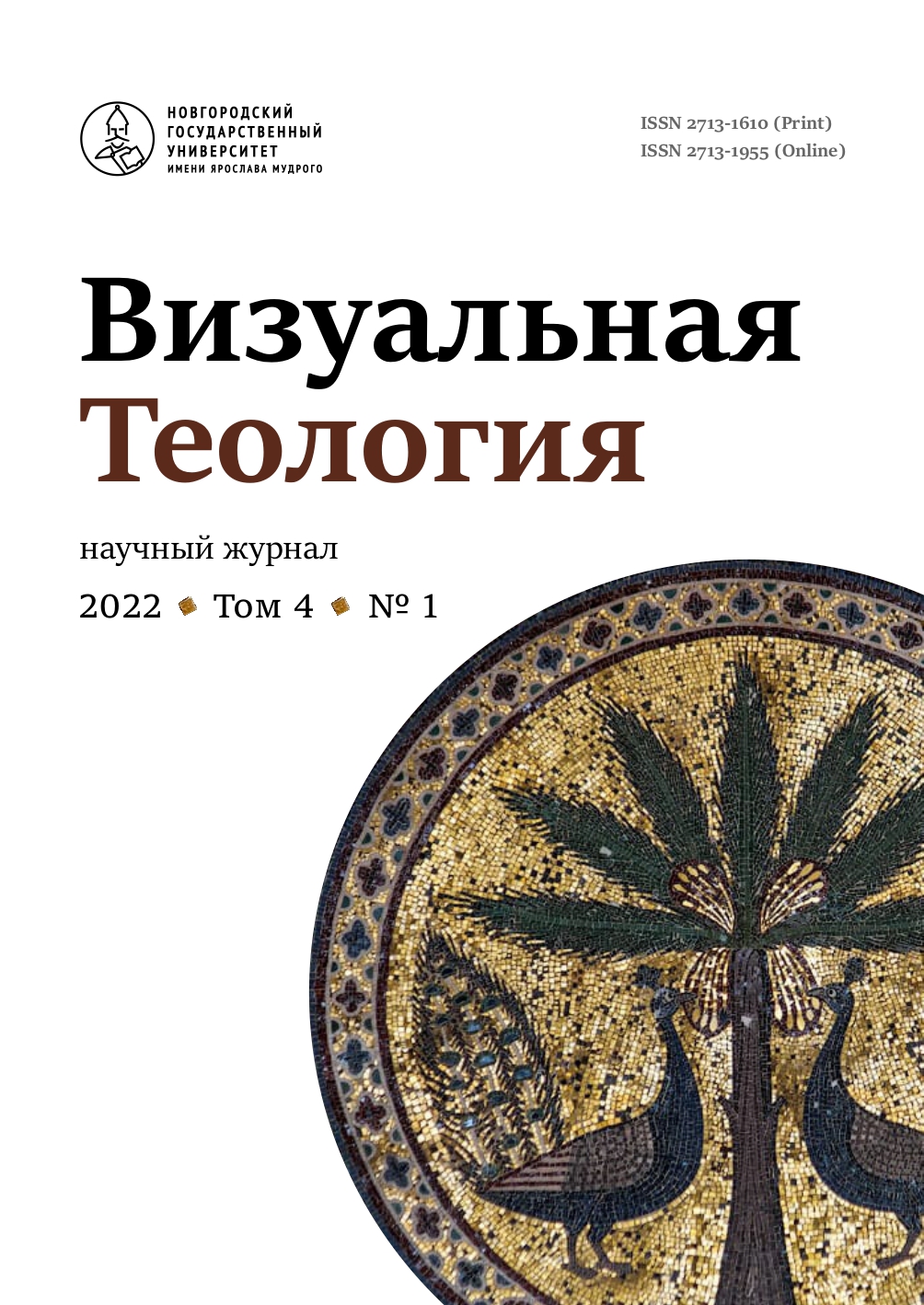Visualization of Gnostic Theology in the Film “USS Callister”
Abstract
In the situation of post-Christian Western civilization, the awakening of God, stated by researchers at the end of the 20th century, takes specific forms, including the revival of non-traditional theologies and their visualization by non-textual means. One way to visualize theology in the modern world is through cinema. The article analyzes the Gnostic theology in the content of the film “USS Callister”, where the means of cinematography created an interpretation of such Gnostic images as the Demiurge and Sophia, and also implemented such Gnostic ideas as the hierarchy of worlds, abhorrence of the flesh, the abduction of souls from higher cosmic spheres, the life of souls in the material world under the power of the evil Demiurge and the salvation-destruction of the world by Sophia. The film also polemically refutes the Gnostic concept that God of the Old Testament is the evil Demiurge of the Gnostic cosmos. The film visualizes a Gnostic mythologeme about two Sophies, earthly and heavenly, whose reunion marks the destruction of the material world and the Demiurge’s shame. The film also shows an inverted plot about the sacrifice of Abraham, when the Demiurge kills a child, the son of his “Abraham”. Thus, the film reflects Christian discussion with Gnostics who claimed that God of the Old Testament is an evil Demiurge: in the film, the Demiurge acts in contrast with God of the Old Testament. So, the analyzed film content is used to express the Gnostic religious system and to be a subject of visual theology, subject to critical analysis with the help of hermeneutic method. In general, the film is a visualization of Gnostic theology for an audience thinking in the categories of American culture of the twentieth century.



